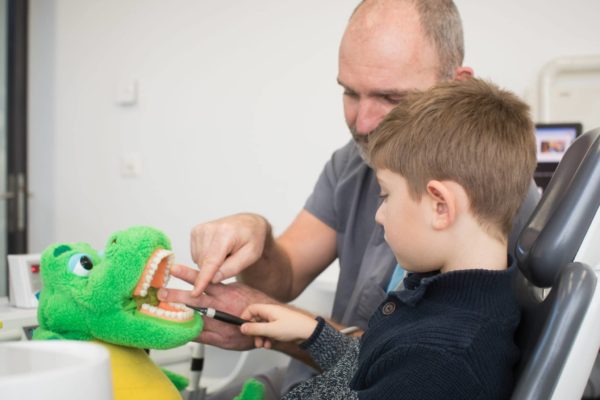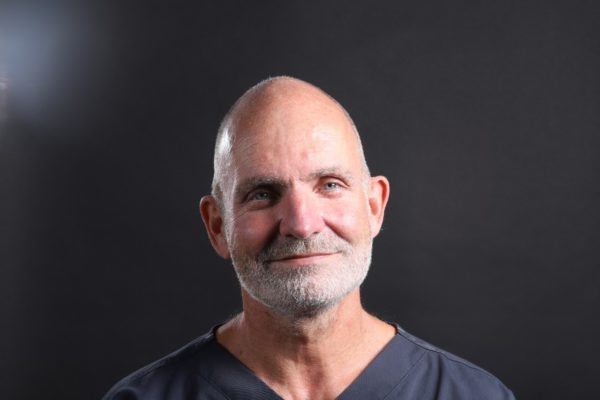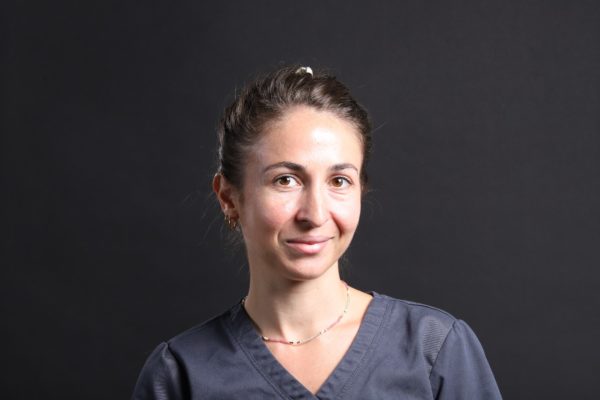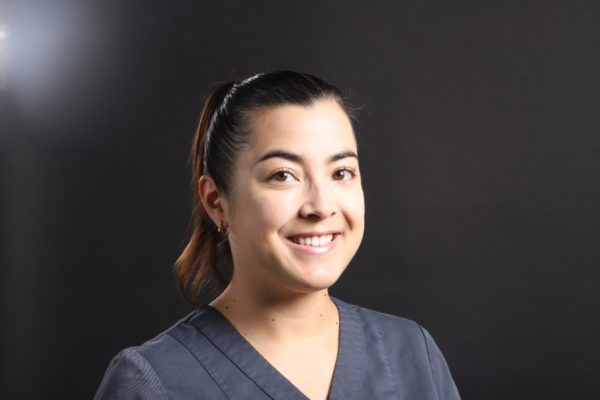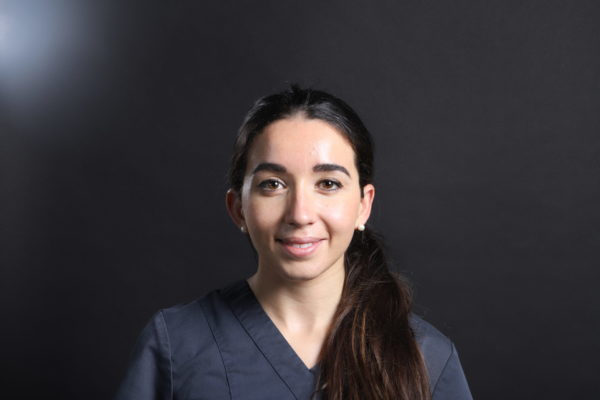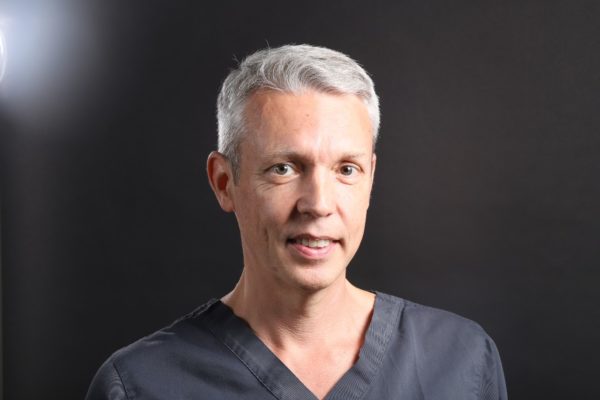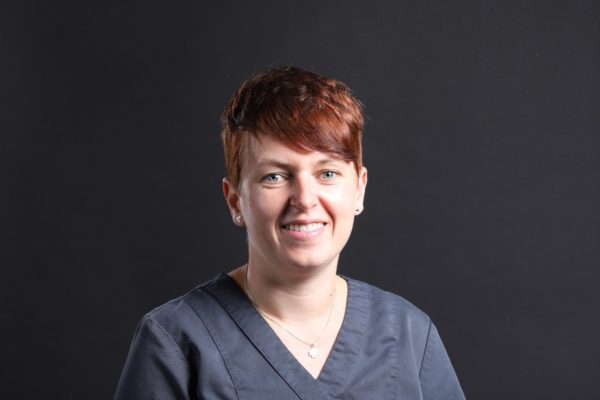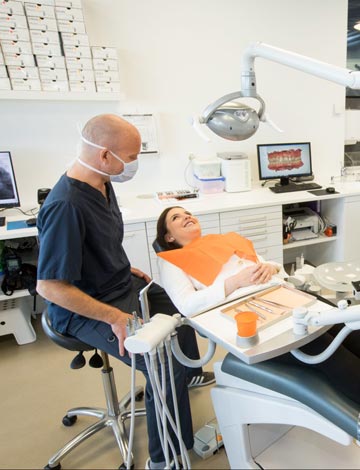The importance of a dental check-up
An oral check-up is a complete examination of the oral cavity, including teeth and soft tissues, to detect the presence of any pathology.
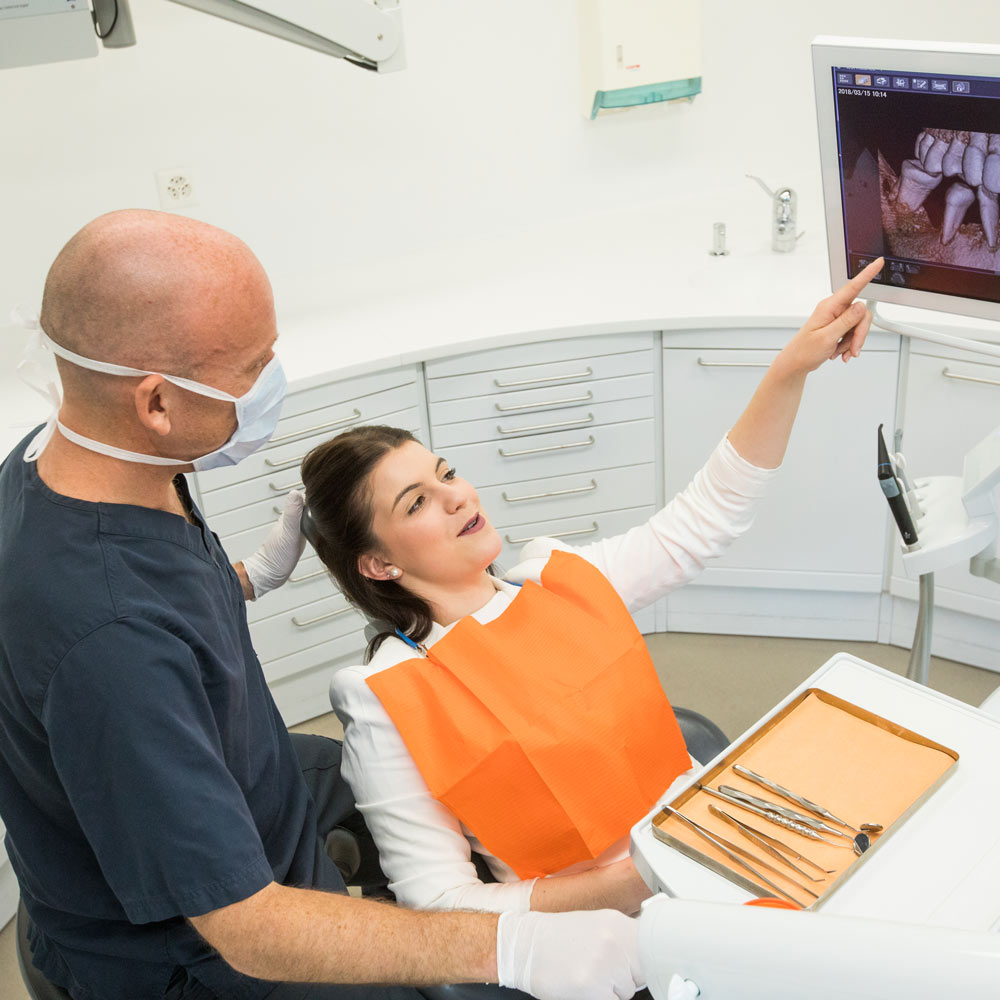
This examination is carried out by a dentist and should ideally be performed at regular intervals, once a year. Indeed, at our Centre Médico-Dentaire, our main focus is on prevention, and this can only be maintained through regularity. What’s more, contrary to popular belief, tooth decay is painless in its early stages, so don’t wait for pain to appear before consulting us.
But how does it work?
- The dental examination: checking the condition of restorations already present, detecting cavities, unit control of teeth
- The radiological examinations: 2 bite-wing radiographs (BW) and an OPT panoramic radiograph is offered to obtain an overall view of your oral cavity
- The stomatological examination: verification of the absence of medical (i.e. non-dental) affections of the oral cavity such as affections and infections of the oral mucosa and maxillae, oro-facial pain and dysfunctions of the masticatory apparatus.
- Orthodontic examination: checking the position of teeth (meshing, alignment, etc.).
- The periodontal examination: inspection of gum condition by probing, checking for bleeding, tartar, etc.
The dental check-up takes an average of half an hour, and at the end of it the dentist will give you a detailed explanation of your oral health. He or she will explain the appropriate treatment plan and give you a detailed estimate of the work to be carried out.
Our advantages
Why should you come to our Balexert Medical Dental Center and not to another? The answer is simple: we are a team of Swiss-trained dentists using the latest technology.
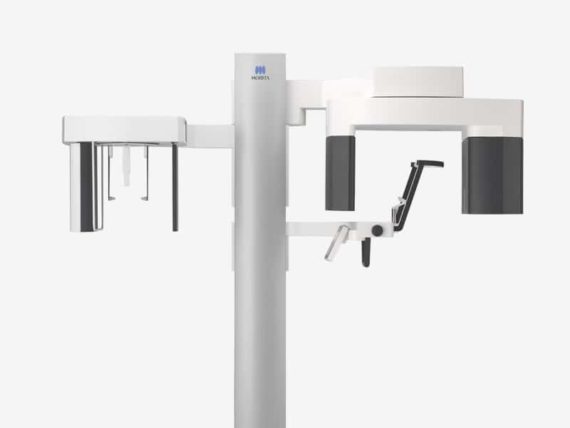
State-of-the-art radiology
We use the latest generation of X-ray equipment (Veraview x800, Morita), with a number of functions that enable us to effectively reduce the dose of radiation received, thereby optimizing your protection.
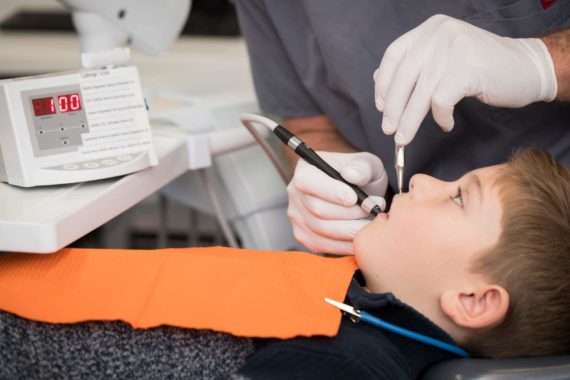
The diagnodent
The diagnodent is a pen for the early diagnosis of fissure caries (anatomical fissure located on the top of the teeth). It works using fluorescent laser technology: a red light is emitted and, after reflection of this light, the device retranscribes the depth of the fissure in the form of a value. Depending on the value displayed, the decision is made whether or not to carry out cavity treatment.
